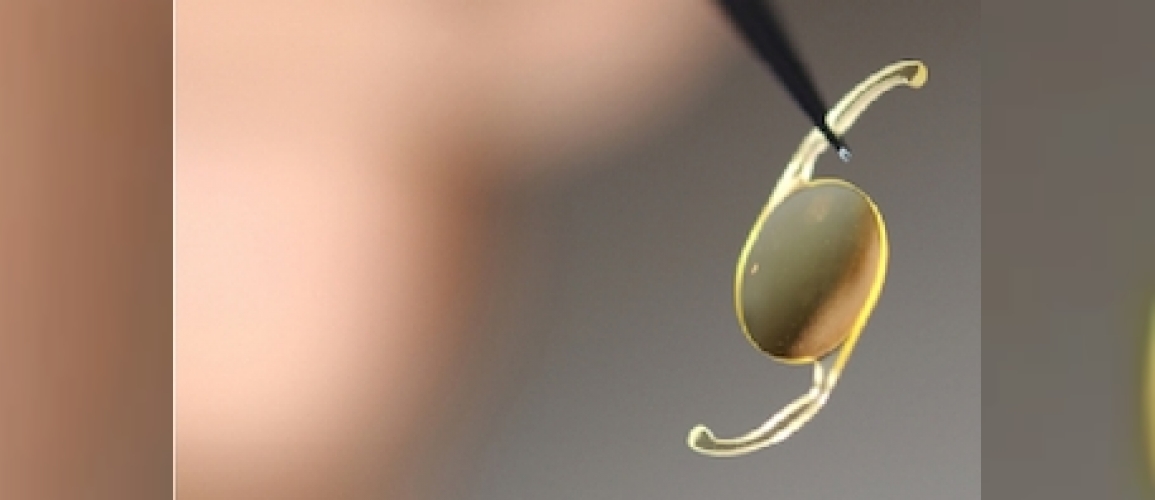Why Intraocular Lenses are Important
Intraocular lenses were first used in the human eye in 1949 by Harold Ridley, an ophthalmologist.
The discovery of intraocular lenses was completely fortuitous. Harold Ridley, an ophthalmologist who examined a fighter pilot injured in World War II, found that pieces of acrylic plastic broken from the cockpit remained in the pilot's eye without causing a reaction or infection. He then thought that an intraocular lens could be produced from acrylic plastic material and started to work on this subject.
The intraocular lens produced from the same material was used for the first time in human eyes by the same doctor in 1949 and was successful. Today, intraocular lens materials are produced from PMMA, acrylic and silicone materials.
FDA-approved intraocular lenses with proven efficacy, reliability, eye compatibility and patient satisfaction preferred by the world's leading eye surgeons in the world's leading countries are quality lenses.
These lenses are produced in laboratories with the most advanced technology in countries such as the USA, Germany and Switzerland, tested in thousands of animal experiments before being applied in humans, then used in humans and the results are discussed in scientific meetings in scientific journals and their effectiveness is proven and approved.
These large companies further improve the results of the lenses they produce with the feedback they receive from scientists who use them in their surgeries, and produce more perfect new generation lenses by correcting the deficiencies and weaknesses of the old lenses.
Another important point in the lenses used is the UV filter. After the ozone layer was depleted, the amount of UV rays reaching the earth has increased significantly. The lenses that people are born with filter and filter UV rays, but if there is no UV filter in artificial intraocular lenses, this lens cannot block UV rays and UV rays passing behind the eye cause visual point damage, which we call yellow spot disease, which is incurable and can lead to blindness.
In addition, contrast sensitivity is low in poor quality lenses and quality clear vision cannot be achieved.
In poor quality lenses, the patient cannot see clearly, damage to the visual point may develop, serious infections and breakthrough reactions may occur in the eye.



